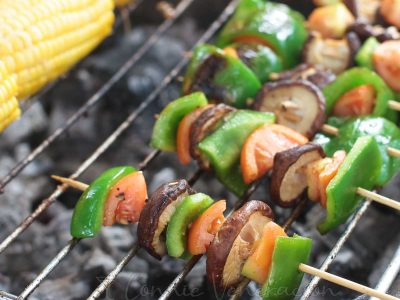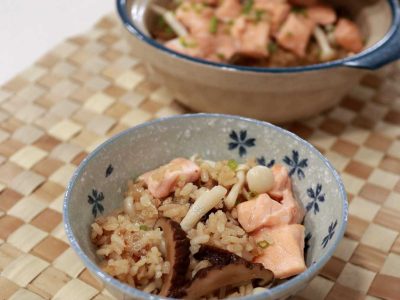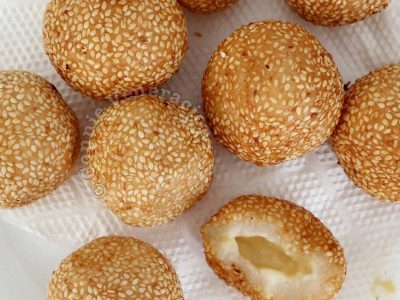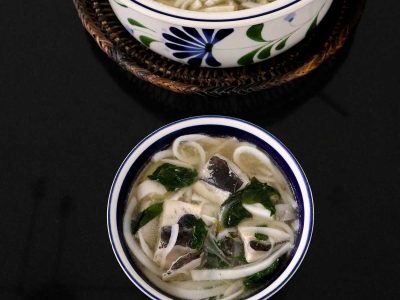A pantry dish whipped up on a day when the only fresh vegetables I had were a bunch of scallions and a head of garlic. But I had mushrooms, dried egg noodles, and common Asian seasonings including a newly opened tub of gochujang.
Gochujang is Korean chili paste. If you’re having problems pronouncing it, you’re not alone. It was a tongue twister for me for a long time. I learned to pronounce it in my head by articulating it over and over. In time, I could say it, verbally and mentally, as though I had been it all my life.
Then, I discovered it was the wrong pronunciation. In Korean, “g” is pronounced as “k”. So, it’s koh-choo-jang. In pronouncing the last syllable, it’s midway between jan and and a hard jang as the “g” is almost silent.

Gochujang is one of the components of the sauce. The saltiness is derived from soy sauce, the sweetness from honey, the sourness from rice vinegar, added umami from oyster sauce and heat from gochujang. You’ll find all of these in Asian groceries or the Asian aisle of generic groceries.

If you happen to have fresh Chinese-style egg noodles, use them. You’ll be saved the trouble of boiling dried noodles. If you don’t have egg noodles, fresh or dried, you may substitute soba or even udon. Just stay away from Italian-style noodles. They have their place in cooking but this dish is not one of them. Stay with Asian noodles.
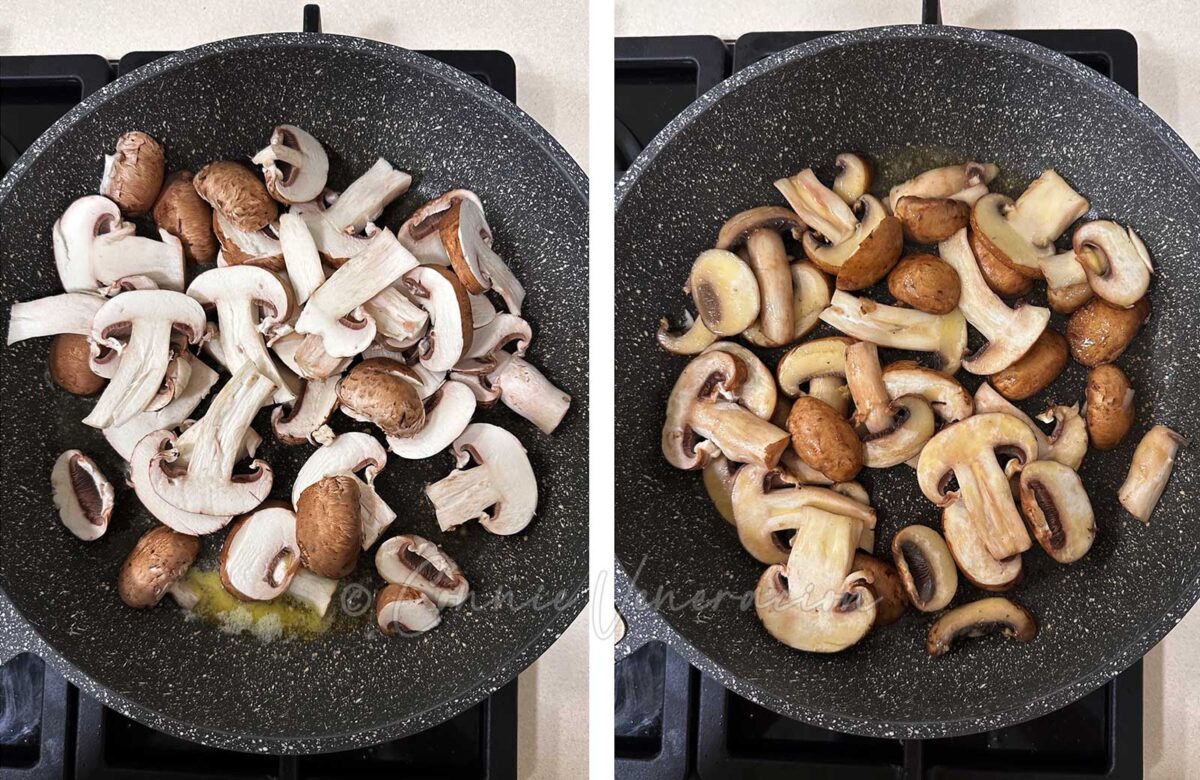
Swiss brown button mushrooms went into this dish. White is fine, shiitake is fine, and shimeji should also be good. You may also opt for eryngii. You may even mix two or more mushroom varieties. Cook the mushrooms in butter with a bit of salt and set aside.

Add more butter to the pan and lightly brown minced garlic in it. If you’re wondering, “Does it really have to be butter?”, I’d say substitute at your own risk. Half of the irresistible charm of this dish is in the garlic-butter combo and you’ll miss that if you’re scared of butter. If you want to enjoy this dish to the max, go for butter. Real butter. Not margarine, not butter substitute.

To the lightly browned garlic in butter, add the noodles and toss. Drizzle in the sauce you had mixed earlier and toss thoroughly. Taste.
If not salty enough, add salt. Adding more soy sauce at this point will make the dish too dark. If you don’t mind that, go ahead and adjust the saltiness with more soy sauce.
If it’s the sweet-sour balance that needs to be fixed, I suggest mixing honey and rice vinegar together first before pouring over the noodles. It makes blending the flavors easier.

When you’re happy with how the noodles taste, just add the cooked mushrooms and all pan juices, drizzle in sesame seed oil and toss. Garnish and serve.
Garlic butter noodles with honey and gochujang

Ingredients
Sauce
- 2 tablespoons soy sauce
- 1 tablespoon oyster sauce
- 1 tablespoon gochujang (Korean chili paste)
- 2 tablespoons honey
- 1 tablespoon rice vinegar
Noodles and mushrooms
- 120 grams thin egg noodles dried
- 4 tablespoons butter divided
- 300 grams fresh button mushrooms thinly sliced
- 2 tablespoons minced garlic
- salt to taste
- ½ teaspoon sesame seed oil
Instructions
- Mix together all the ingredients for the sauce. Set aside.
- Cook the noodles in boiling water according to package directions. Drain, cool under the tap and drain again.
- Heat two tablespoons of butter in a pan, stir in the garlic and cook until lightly browned.
- Add the drained noodles and toss.
- Drizzle the prepared sauce over the noodles and toss repeatedly until evenly distributed.
- Taste and adjust the amount of saltiness, sweetness, sourness or heat by adding more soy sauce, honey, rice vinegar and gochujang.
- Add the mushrooms and pan juices, drizzle in the sesame seed oil and toss thoroughly.
- Garnish with sliced scallions and toasted sesame seeds.


